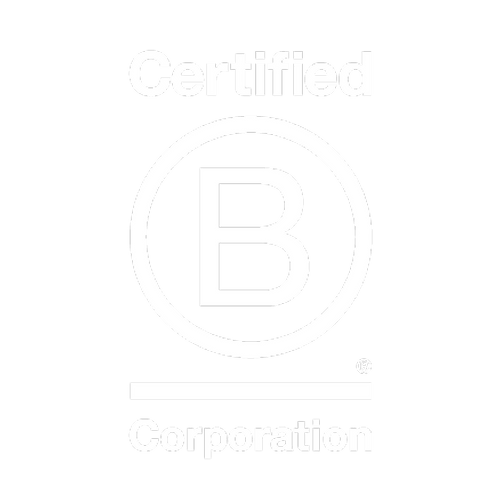Brass hardware brings warmth, elegance and a touch of character to any space. But did you know that not all brass is the same? The way you care for your handles, knobs and pulls depends on whether they’re lacquered or unlacquered.
In this guide, we’ll cover the best ways to clean and care for both finishes — starting with the newest addition to the our collection: unlacquered brass.

What Is Unlacquered (“Living”) Brass?
Unlacquered brass has no protective coating, so it naturally reacts with air, moisture and touch. Over time, it develops a warm, darkened patina that gives each piece unique character. Some homeowners choose to leave this finish untouched to celebrate its aged look, while others prefer to polish it back to a bright shine.

Best Practices for Cleaning Unlacquered Brass
Daily Care & Gentle Cleaning →
● Wipe hardware regularly with a soft, dry cloth to remove dust and fingerprints.
● For occasional washing, use warm water with a drop of mild dish soap. Rinse thoroughly and dry immediately to prevent water spots.
Polishing for a Brighter Finish →
● If you prefer a gleaming look, apply a specialist brass polish (e.g., Brasso or Bar Keepers Friend) using a soft cloth.
● Buff gently until the desired shine returns, then wipe away any residue and dry completely.
DIY Natural Cleaning Methods →
● Lemon & Baking Soda Paste: Mix lemon juice and baking soda into a paste. Apply, leave for 10–15 minutes, rinse, and dry.
● Vinegar & Flour Paste: Blend equal parts vinegar, salt and flour. Apply to the surface, leave for 10–15 minutes, rinse and dry.
What to Avoid →
● Skip abrasive pads or harsh chemicals — they can scratch the brass or cause uneven tarnishing.
💡 Pro tip: If you love the character of a lived-in look, polish less often and let the patina tell its own story.

Caring for Lacquered Brass Hardware:
Lacquered brass — like much of our range — has a clear coating that keeps its colour consistent and slows down tarnishing. Because the lacquer protects the metal, polishing is unnecessary and can actually damage the surface.
Routine Cleaning Steps:
● Dust regularly with a soft cloth.
● Wipe with warm soapy water as needed, then rinse and dry thoroughly.
No Polishing Allowed:
● Avoid metal polishes or strong cleaners, as these can strip or cloud the lacquer.
Handle With Care:
● Prevent scratches by avoiding rough pads or scouring sponges.
● Wipe hardware dry after exposure to moisture to preserve the finish.
Key Differences at a Glance:
● Unlacquered brass: Natural, "living" finish that develops patina. Can be polished back if you prefer a brighter look.
● Lacquered brass: Coated for protection, designed to keep its original sheen. Needs gentler cleaning, no polishing.
|
|
Unlacquered Brass ↓ |
Lacquered Brass ↓ |
Finish Type → |
"Living", patinas naturally with use over time |
Protected with a clear coating, to reduce rate of aging |
Cleaning Method → |
Soap and water, brass polish (e.g. Brasso) or DIY paste optional |
Soap and water, only. No abrasive cleaning solutions or materials |
Aesthetic Option → |
"Rustic, lived-in" vibes, or a "polished" look |
Consistent shine and colour |
Maintenance Style → |
Embrace patina (low maintenance), or restore shine (high maintenance) |
Gentle preservation of original finish. Low maintenance |

What Is Brass Hardware?
Without going too high school science on you, brass is an alloy made from copper and zinc. It’s highly durable and strong and can be used on anything from power sockets to guitar strings and, of course, hardware. The properties of brass (how much copper or zinc it’s made up of) can be varied for different mechanical, electrical and chemical purposes 🧪
You’ll recognize brass by its golden hue and it’s typically used for door handles, knobs, pulls and other fixtures in the home. Why? Well first off because it has a timeless quality, creating an elegant thread of consistency from room to room. But also, most brass hardware is smooth to touch and doesn’t corrode easily, making it ideal for household touchpoints that are used frequently. Depending on how tarnished the metal is and how long this has built up, brass hardware can be cleaned with a variety of methods 🧼
How Can You Tell If Hardware Is Brass?
Nowadays, so many metals are plated in lookalike finishes that aren’t the real thing, so it can be hard to know if something is high quality without having a closer look. Here are the tell-tale signs that your hardware is and isn’t made from solid brass:
● Check the color → If you see brass that’s yellowish or has a golden hue, it’s because it has a high zinc content. Brass with a red tone has higher copper content.
● See if it attracts a magnet → You can tell if your hardware is real brass by using a magnet. If the magnet sticks to the hardware, it’s because your hardware is brass plated and the underlying metal of this is iron or steel. Solid brass doesn’t attract magnets, simple.
● For objects that are only brass plated, just use warm water and soap to clean them. No polish necessary (this could scratch the plating off).


